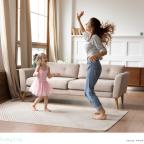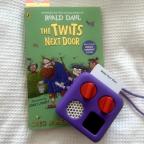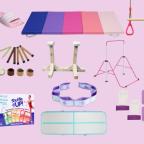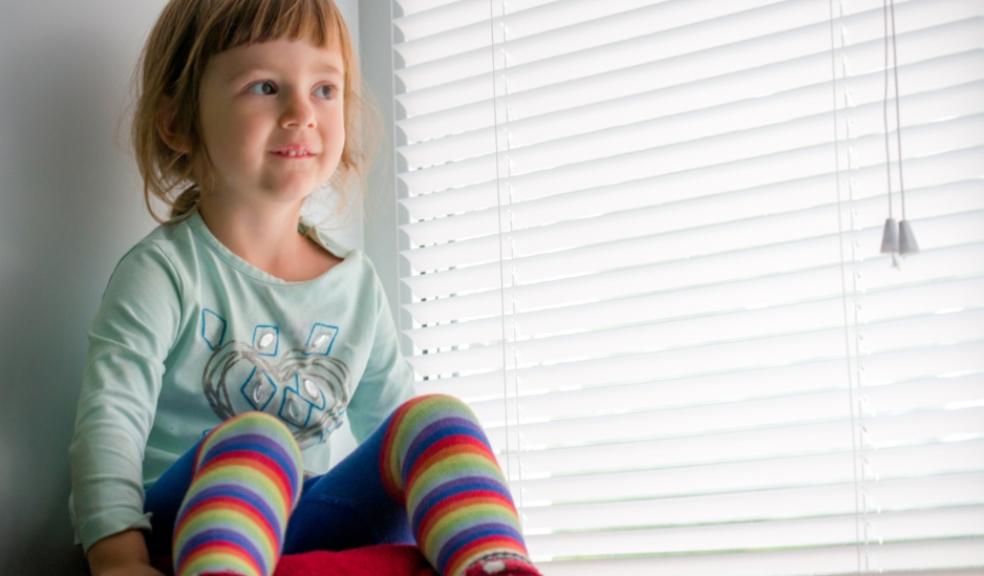
New data shows seven in ten (71%) have never received blind cord safety advice - RoSPA
-
Nine children died from blind cord strangulation between April 2019 and March 2022
-
Over 70 per cent of people haven’t received any advice on blind cord safety
-
Almost a quarter polled who have looped cord blinds said their blinds had no safety features fitted
Eighty percent of the UK’s population have blinds in their homes, but over 70 percent have never received blind cord safety advice, that’s according to the latest research from the Royal Society for the Prevention of Accidents (RoSPA). This comes after the recent National Child Mortality Database data revealed that looped blind cords and chains have killed nine UK children between April 2019 and March 2022.
Almost a quarter (23.6 per cent) of UK adults who have looped cord blinds polled by RoSPA and YouGov said their blinds have no safety features fitted, with 20 per cent stating the blinds in their home were already there when they moved in. Worryingly, almost two in three parents (62 per cent) of children under five said they hadn’t received any guidance on correct blind cord installation or usage.
Most of those questioned said some or all of the blinds in their home were fitted by themselves, friends or family members (42.95 per cent), while over a third (34 per cent) admitted that if they were presented with a scenario where their blinds in their home had no safety mechanism, they would take no action.
Interestingly, although new standards for blinds were introduced in 2014, most of the people polled (41.67 per cent) said they did not know about the changes and consequently did not check if their blinds were compliant, and although changes to blind standards were introduced in 2014, 10 per cent of the people polled had no idea when their blinds were fitted.
Looped blind cords and chains can strangle children and young people. Although changes to standards for blinds in 2014 have led to improved product safety, products installed earlier may not have these safety features and millions of households could be affected.
New blinds with looped cords must have child safety devices installed at the point of manufacture or be sold with the blind.
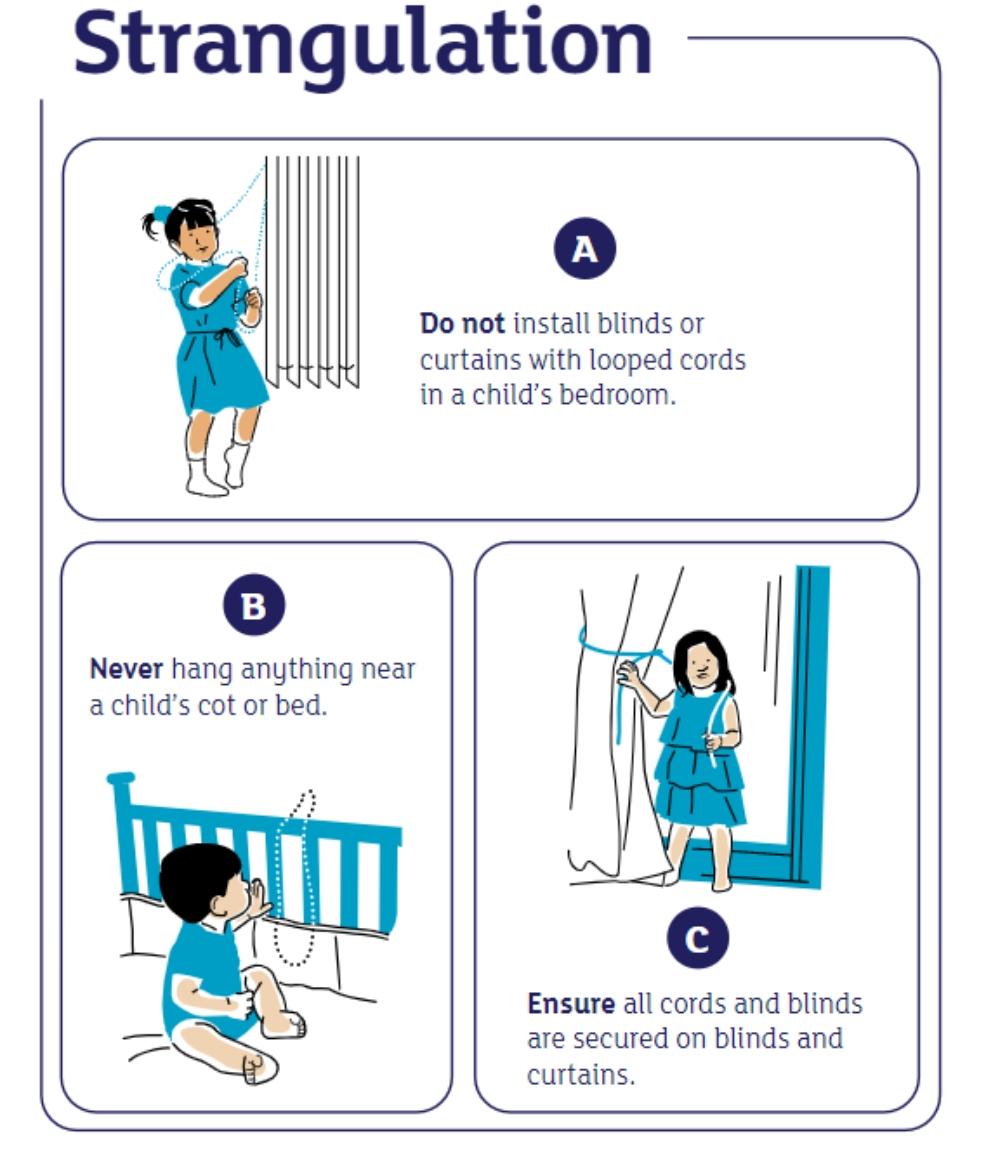 Ashley Martin, Public Health Advisor at RoSPA, said:
Ashley Martin, Public Health Advisor at RoSPA, said:
“Our research has come as a stark warning that we must take blind cord safety more seriously. We clearly need to do more to help families with young children, who are disproportionately affected by blind cord strangulation.
“Our findings suggest that thousands of homes across Britain have non-compliant blinds fitted, but also that families do not know what to look for to ensure their child is safe. We recommend installing non-looped cord blinds, not placing blind mechanisms near beds or cots, and checking whether existing blinds are compliant.”
Ashley went on to outline how to reduce the risk of a blind cord accident:
“If you are fitting blinds yourself, and want to ensure a blind cord is compliant, you should follow the instructions supplied with the product and ensure you fit any safety devices included.
“Safety devices that parents should look out for include tidies, tensioners or cleats. Tidies and tensioners need to be permanently taught and so should be fixed tightly in place so that a blind’s cords and chains are held in a rigid position. Cleats should be installed out of grasp from a child, so at least 1.5 metres from the ground.
“Parents should always ensure cords are tied up (or looped cords removed entirely) if in a room where a child may spend time in. In terms of cleats, it is recommended to curl all looped cords around a securely installed cleat into an infinity symbol.
“A child’s bedroom, however, should never have looped cords fitted whatsoever, and any cots should be positioned away from a window. Parents can ensure their child is safe by never leaving them unaccompanied in a room with looped cords and should consider fitting post-2014 standard blind cords when they have the opportunity.”
Further information on blind cord safety can be found at Blind cords - RoSPA.









